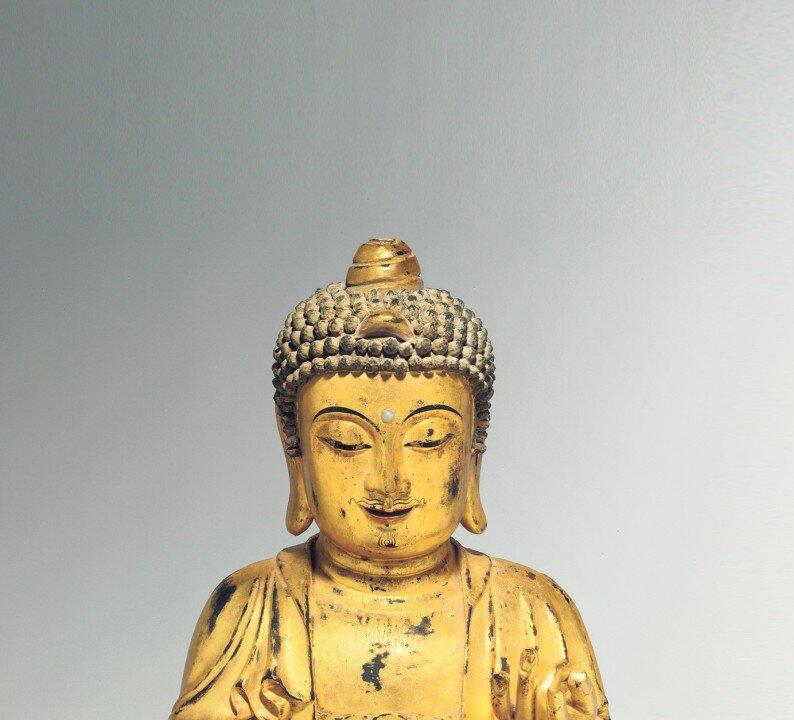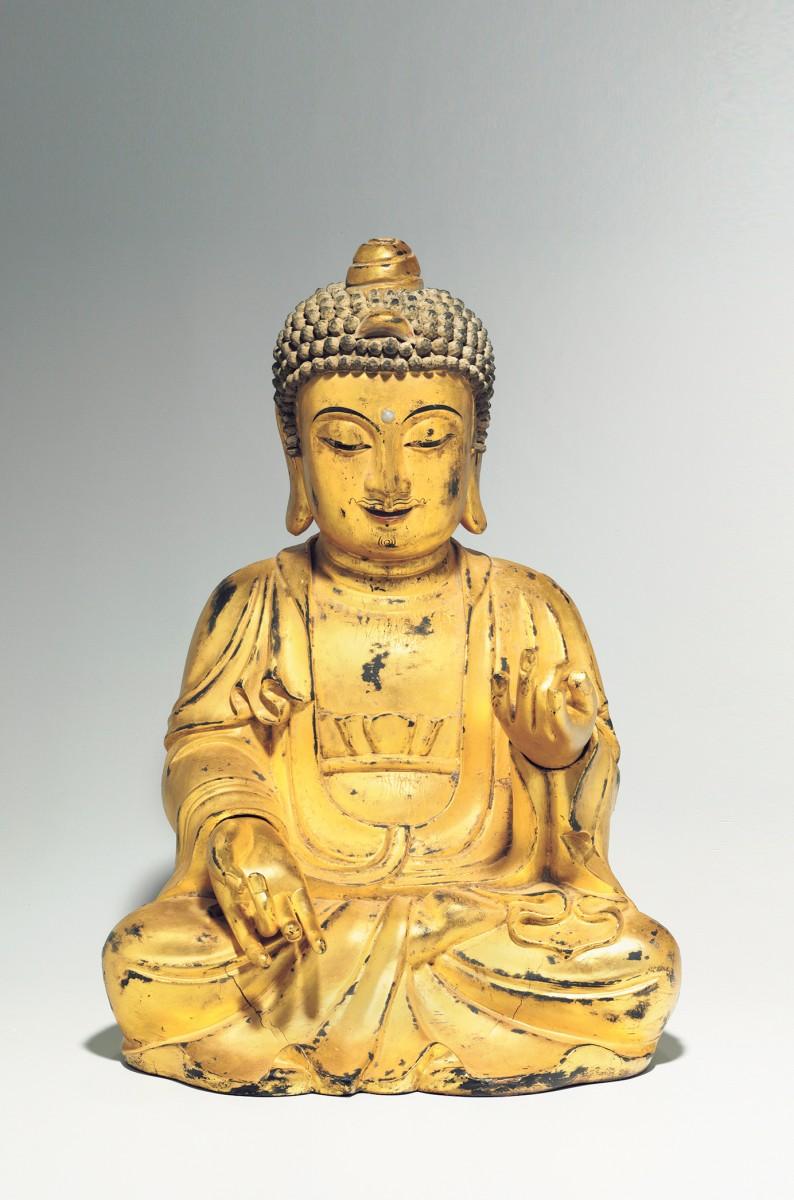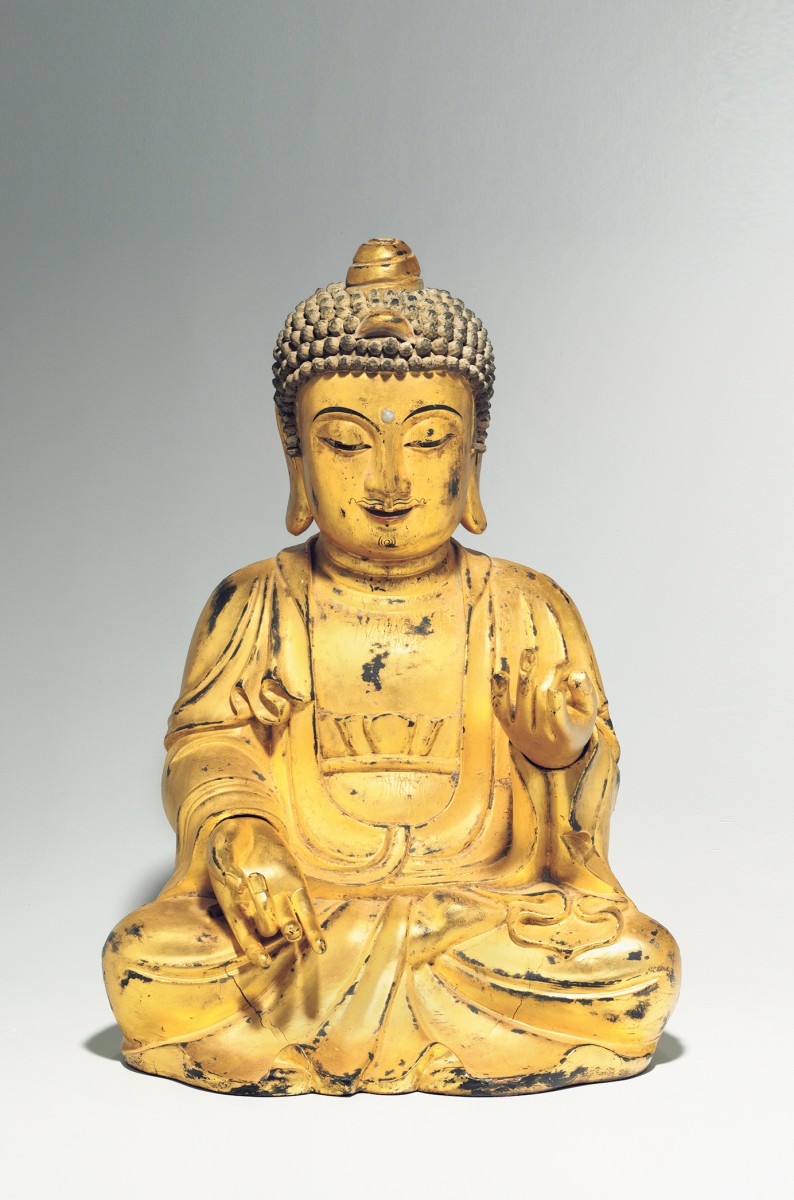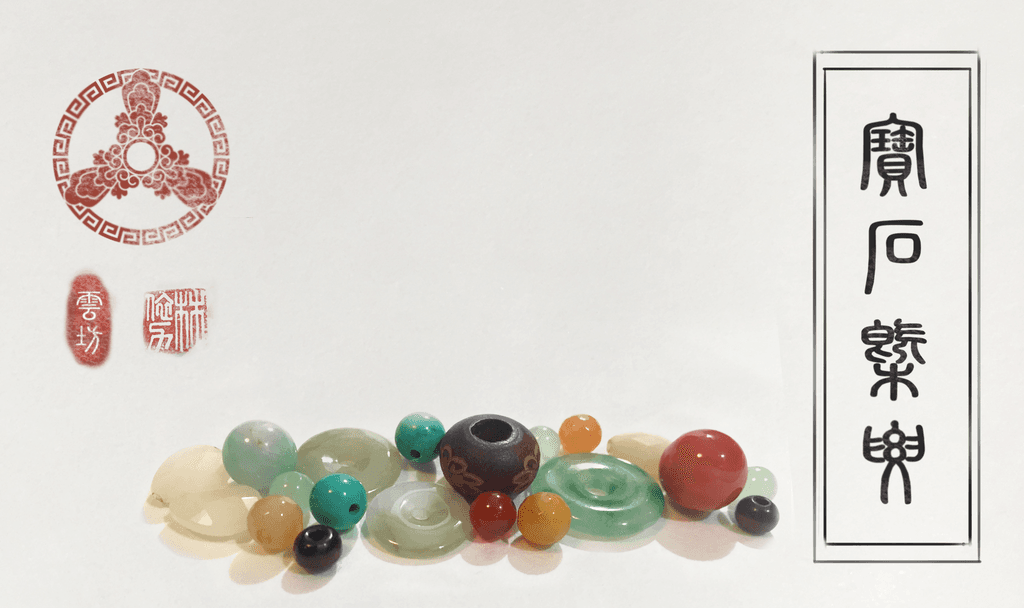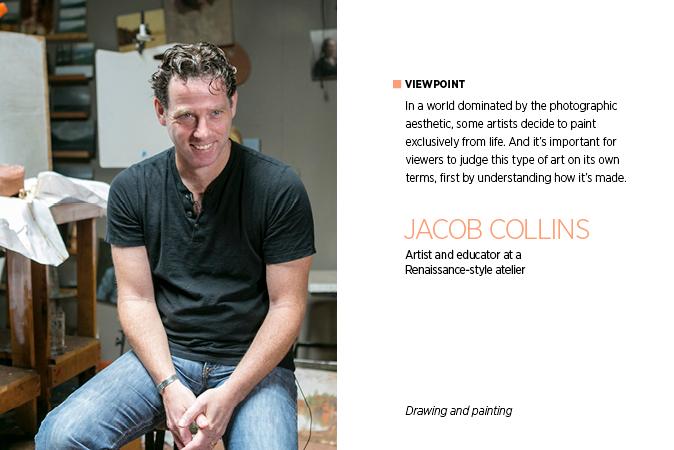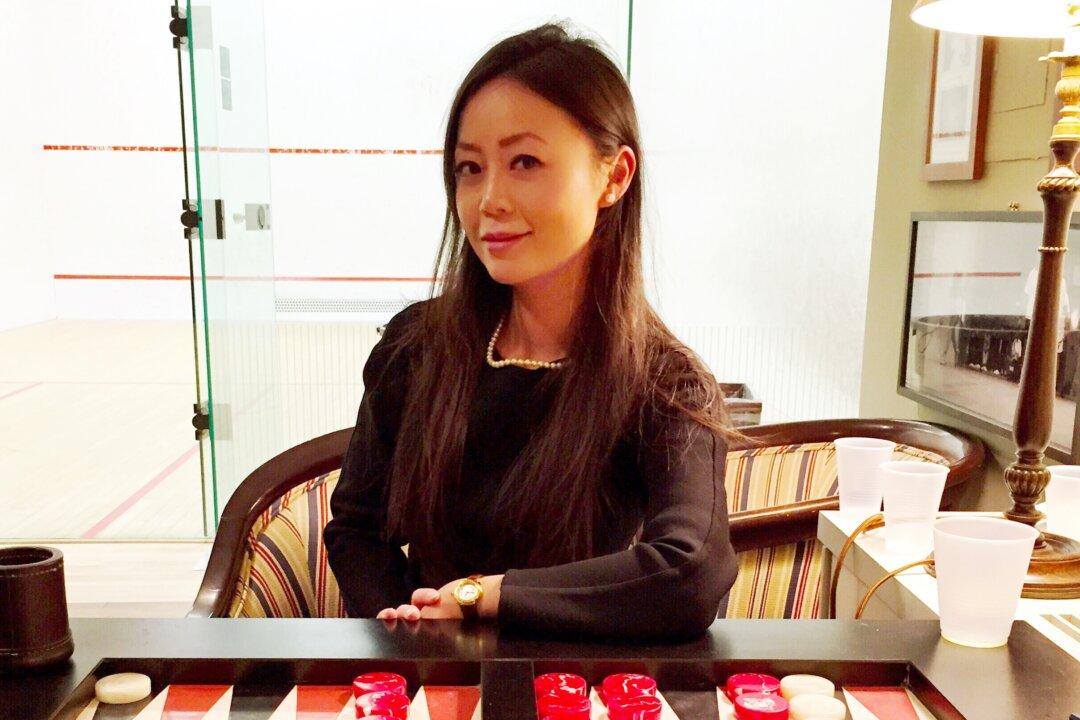NEW YORK—Collectors, scholars, and arts enthusiasts alike are poised to savor New York’s essential event for Asian art. They will interact with a record number of international Asian art dealers during Asia Week New York, which runs from March 15 to 23.
Dealers’ collections will showcase the artistry, ingenuity, and imagination from every quarter and period of Asia—from China, Japan, Korea, the Himalayas, and Southeast Asia. Several lectures and events provide opportunities to soak up the vast knowledge of experts, and auctions abound for those looking to acquire pieces of Asian art.
Read on for a taste of what to expect this year.
Highlights in Chinese Art
See Tibeto-Chinese Buddhist art from the 12th to the 15th century at Dickinson Roundell. The collection, curated by Swiss dealer-researcher Dr. Robert R. Bigler, is the culmination of 10 years of investigation and the first privately organized comprehensive exhibition on this topic.
At Ralph M. Chait Galleries, see a rare late-17th-century Chinese imperial blue and white quadrangular porcelain vase decorated with scenes and verses from The Ode to the Red Cliff and bearing the very rare Kangxi reign mark. Of the two other known examples, one is in the Shanghai Museum, and the second is in the private collection of an American.
View an emperor’s calligraphy presented by Michael C. Hughes, LLC, at the Mark Murray Gallery. The scroll is dated 1849 and bearing the inscription Imperial Brush, meaning that the eighth Qing Emperor Daoguang painted it himself.
Explore Andrew Kahane’s selection of Song ceramics from American private collections, including a less common form, a small Junyao pale blue-glazed bud-form jar dating from the 11th–12th century. J. J. Lally & Co. will also feature Song ceramics, coming from the collection of Ronald W. Longsdorf. Created by an American who began to acquire Chinese art more than 30 years ago, the collection includes examples from some of the most famous kilns of the Song period.
Mongolia will come our way via Brussels this Asia Week. Brussels-based Wei Asian Arts will show miniature thangka images from Mongolia and Buriatia. Concurrently, its exhibit Works of Art from Ancient China will feature a rare bronze Guanyin from 13th century Yunnan Province.
Zetterquist Galleries unwraps a collection of Jizhou ceramics from the Song and Yuan dynasties. Often overshadowed by other famous kilns in China, the Jizhou kilns produce white and brown slip ceramics with earthy charm.
Indian, Himalayan, and Southeast Asian
The largest known statue from the Bon branch of Tibetan Vajrayana will be at Walter Arader Himalayan Art. The 13th-century bronze is, according to Jeff Watt, founding curator of the Rubin Museum of Art, one of the finest known works of art from this pre-Buddhist tradition and comes from the Khasa Malla kingdom of west Nepal.
Prahlad Bubbar, here from London, is unveiling a series of Indian court paintings including some rare finds.
The Berlin-based gallery Buddhist Art will show a perfectly preserved life-sized 14th-century bronze head of Buddha from the Lanna kingdom in what is now known as Thailand.
Fine Himalayan and Indian Art Central Asian Textiles will be on view at Carlo Cristi. Of particular note is the richly saturated Heruka mandala made for the Bardo ritual, the transitional stage time between death and reincarnation.
In an exhibition titled Jewels from the Asian World at Valentina Gallery Inc., London jewelry specialist Susan Ollemans Oriental Art will offer a collection of Chinese jewelry that spans the 11th to the 16th centuries, bookended by the Liao and Ming dynasties.
At Carlton Rochell, see 25 sculptures and paintings chronicling scenes of Milarepa’s life. The 17th century collection depicts one of the most beloved figures of Tibetan Buddhism, Milarepa, who was able to overcome the despair of a troubled youth and attain enlightenment as an adult.
Japanese and Korean
Mount Fuji rising over huts, pines, and a waterwheel decorate a pair of spectacular silver-mounted cloisonné vases by Gonda Hirosuke, courtesy of Flying Cranes Antiques Ltd. Created in 19th-century Japan, the foot-tall vases were done with moriage and musen techniques.
At Kang Collection Korean Art, see a selection of paintings, screens and scholars’ objects from the Joseon Dynasty (1392–1910). Ink-on-color paper folding screens were used to symbolize knowledge and wealth, particularly during the reign of King Jeongjo (1776–1800), and were found behind the desks of notable men, and of those who aspired to be such.
The Epoch Times publishes in 35 countries and in 21 languages. Subscribe to our e-newsletter.

